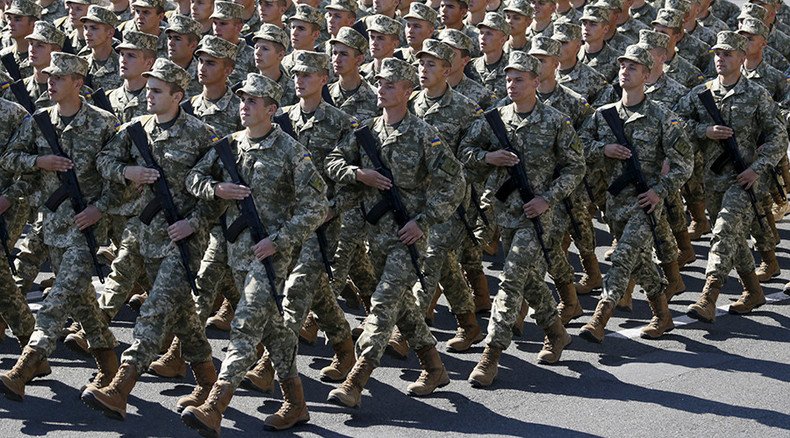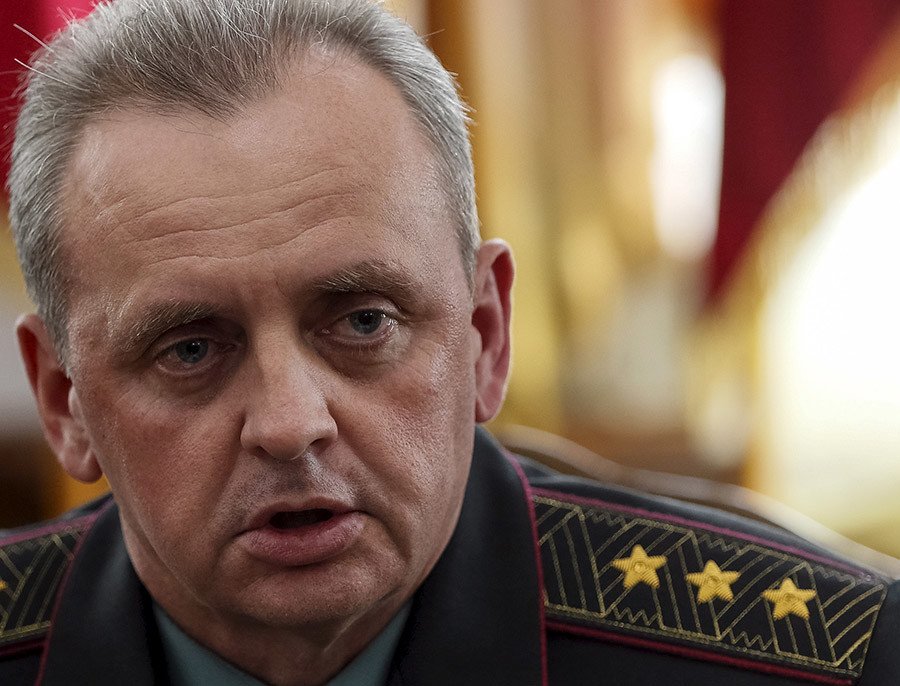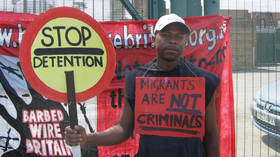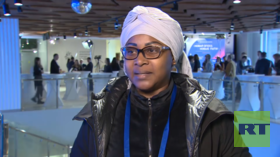90% of Kiev’s Donbass intel last summer ‘appeared untrue’ – Ukrainian General Staff

Up to 90 percent of the intelligence information on eastern Ukraine obtained by Kiev in the summer of 2014 appeared incorrect, confessed the head of Ukraine’s General Staff, bringing Kiev’s accusations against Russia even more into question.
“There’s intelligence information and intelligence data. Information is what we receive and data is what has been confirmed,” Viktor Muzhenko said in an interview with ZN.UA newspaper.
The General Staff head added that, of the intelligence received during Kiev’s so called “anti-terrorist operation” last summer, “90 percent of the information later appeared untrue.”
According to Muzhenko, the General Staff only looked into information, “which looked credible and required attention – from 5 to 10 per cent of the array, approximately.”
He also accused the Donbass rebels of waging an “active disinformation operation.”

The military conflict in eastern Ukraine began in April 2014 when Kiev sent its military to the Donetsk and Lugansk Regions, where people had refused to accept the country’s new coup-imposed authorities.
Over 6,800 people have been killed and more than 17,000 injured in ongoing fighting in the region, according to UN estimations.
However, Ukrainian President Petro Poroshenko presented different figures in late July, saying that the casualties resulting from the conflict had reached 9,000, both military and civilian.
However, the Ukrainian president is unable to make up his mind on the exact number of Russian troops which he claims are helping the Donetsk and Lugansk rebels in their fight against Kiev.
Throughout the year, he had consistently alleged that about 9,000 Russian soldiers were taking part in the warfare in eastern Ukraine.
However, that figure suddenly jumped more than 20-fold, as Poroshenko told Italy’s Corriere della Sera in June that “on Putin’s order, there are 200,000 men and an arsenal of armored vehicles, sophisticated missile systems and anti-air arms amassed in our territory.”
The Ukrainian president has never provided any proof to back his claims, with Moscow denying its military presence in eastern Ukraine on numerous occasions.
Moreover, OSCE observers monitoring the border between the two countries have said that they have never seen Russian military personnel or vehicles crossing into Ukraine.
But it’s not just Kiev, but also Washington, that is finding it hard to obtain reliable intelligence from the Donetsk and Lugansk Regions.
In May, US Permanent Representative to NATO, Douglas Lute, admitted that his knowledge of the eastern Ukrainian conflict came mostly from social media.
READ MORE: US NATO envoy: ‘I get most info on Ukraine conflict from social networks’
“We should all ask ourselves: why is it that we know so little really about what is going on in Donbass [eastern Ukraine],” Lute told the Friends of Europe Forum in Brussels, Belgium.
“I mean, frankly, I read more on social media about what is going on in the Donbass than I get from formal intelligence networks. This is because the networks don’t exist today,” he added.
In an earlier intel mishap, US ambassador to Ukraine, Geoffrey Pyatt, resorted to posting a two-year-old picture of an air defense system from an air show near Moscow as proof of Russia’s increasing presence in Donbass.
C серпня це найвища концентрація російських систем ППО на сході України. pic.twitter.com/4M1VJ9fvQX
— Geoffrey Pyatt (@GeoffPyatt) April 23, 2015Pyatt also released forged satellite images on his Twitter last year, which allegedly showed Ukraine being shelled from Russian territory.
LISTEN MORE:












